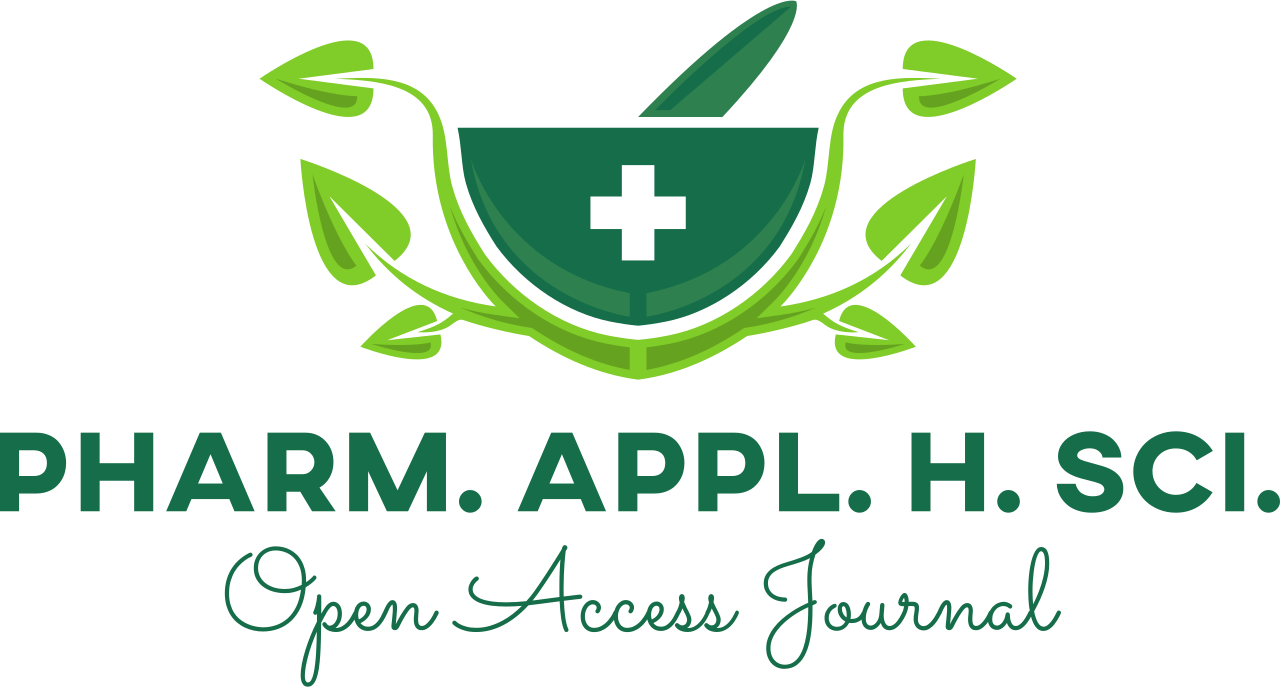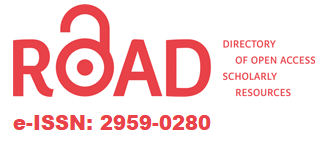The Prevalence of Anemia and Associated Nutritional Factors
Students at Knowledge University as a Case Study
DOI:
https://doi.org/10.59480/phahs.v1i2.4Keywords:
Anemia, Nutrition, Iron-deficiency anemia, Knowledge UniversityAbstract
Nutritional anemia is one of the most common types of anemia worldwide and is considered a major public health problem especially in developing countries. Therefore, this study was conducted to determine the prevalence and risk factors of anemia among university students in the Kurdistan region. A cross-sectional study of 151 healthy university’s students aged between 18 and 28 years was performed between November and February 2019-2020. Blood was collected to measure hemoglobin, and a questionnaire was designed to determine participants’ nutrition habits. A Pearson’s chi-square test was used to reveal anemia risk factors. The anemia prevalence was 17.9%. The factors associated with an elevated anemia risk were inadequate vegetables and red meat intakes, in addition to drinking tea after meals. This study revealed that a considered part of university students have anemia that might become worse by malnutrition. Our results suggest that anemia can be prevented by encouraging the consumption of rich dietary iron, folic acid, and B12 sources and by raising awareness of the food and drinks which facilitate or hinder the bioavailability of these nutrients.
References
Soundarya N and Suganthi P. A review on anaemia – types, causes, symptoms and their treatment. Journal of Science and Technology Investigation. 2016; 1(1).
Ifeanyi OE. A Review on Nutritional Anaemia. Int. J. Adv. Multidiscip. Res. 2018; 5(4):11-15.
DeLoughery TG. Iron Deficiency Anemia. Med Clin North Am. 2017;101(2):319-332.
Vos T, Allen C, Arora M, Barber RM, et al. Disease and Injury Incidence and Prevalence Collaborators). Lancet. 2015; 388 (10053):1545–1602.
Śliwińska A, Luty J. Iron status and dietary iron intake in vegetarians. Adv Clin Exp Med. 2018;27(10):1383-1389.
Rojas Hernandez CM, Oo TH. Advances in mechanisms, diagnosis, and treatment of pernicious anemia. Discov Med. 2015 Mar;19(104):159-68.
WHO: Nutritional anaemias: Report of a WHO Scientific Group. Geneva, World Health Organization; 1968.
McLean E, Cogswell M, et al. Worldwide prevalence of anaemia, WHO Vitamin and Mineral Nutrition Information System, 1993- 2005. Public Health Nutr. 2009;12:444–454.
Al-Alimi AA, Bashanfer S, Morish MA. Prevalence of Iron Deficiency Anemia among University Students in Hodeida Province, Yemen. Anemia. 2018; 2018:4157876.
Shill KB, Karmakar P, Kibria MG, et al. Prevalence of iron-deficiency anaemia among university students in Noakhali region, Bangladesh. J Health Popul Nutr. 2014;32(1):103–110.
Fayet-Moore F, Petocz P, Samman S. Micronutrient status in female university students: iron, zinc, copper, selenium, vitamin B12 and folate. Nutrients. 2014;6:5103–5116.
WHO. Global anaemia prevalence and number of individuals affected. 2008. Available at: www.who.int/vmnis/anaemia/prevalence/summary/anaemia_data_status_t2/en
Shill KB, Karmakar P, Kibria MG, et al., Prevalence of iron-deficiency anaemia among university students inNoakhali Region, Bangladesh, Journal of Health, Population and Nutrition. 2014;32(1):103–110.
Al-Quaiz JM, Iron deficiency anemia: a study of risk factors, Saudi Medical Journal. 2001;22:490–496.
Chiplonkar SA, Agte VV, et al. Are lifestyle factors good predictors of retinol and vitamin C deficiency in apparently healthy adults? Eur J Clin Nutr. 2002;56:96–104.
Alquaiz AJ, Khoja TA, Alsharif A, et al. Prevalence and correlates of anaemia in adolescents in Riyadh city, Kingdom of Saudi Arabia. Public Health Nutr. 2015;18:3192–3200.
Anand T, Rahi M, Sharma P, Ingle GK. Issues in prevention of iron deficiency anemia in India. Nutrition. 2014;30:764–770.
Al-Sayes F, Gari M, et al. Prevalence of iron deficiency and iron deficiency anemia among females at university stage. J Med Lab Diagn. 2011;2:5–11.
Sato APS, Fujimori E, Szarfarc SC, Borges ALV, Tsunechiro MA. Food consumption and iron intake of pregnant and reproductive aged women. Revista Latino-Americana de Enfermagem. 2010;18:247–254.
Hooda J, Shah A, Zhang L. Heme, an essential nutrient from dietary proteins, critically impacts diverse physiological and pathological processes. Nutrients. 2014;6:1080–1102.
Alquaiz AM, Gad MA, Khoja TA, et al. Prevalence of anemia and associated factors in child bearing age women in Riyadh, Saudi Arabia. J Nutr Metab. 2013:636585.
Alzaheb RA, Al-Amer O. The Prevalence of Iron Deficiency Anemia and its Associated Risk Factors Among a Sample of Female University Students in Tabuk, Saudi Arabia. Clin Med Insights Womens Health. 2017; 10:1179562X17745088.
Downloads
Published
How to Cite
Issue
Section
License
Copyright (c) 2022 Zean F. Zefenkey

This work is licensed under a Creative Commons Attribution-NonCommercial-NoDerivatives 4.0 International License.
All PHAHS Journal articles are published under the terms of the Creative Commons Attribution-NonCommercial-NoDerivatives 4.0 International License (CC BY-NC-ND 4.0) which allows authors retain copyright and others may not use the material for commercial purposes. A commercial use is one primarily intended for commercial advantage or monetary compensation. If others remix, transform, or build upon the material, they may not distribute the modified material.
Copyright on any research article published by the PHAHS Open Access journal is retained by the author(s). Authors also grant any third party the right to use the article freely as long as its original authors, citation details and publisher are identified.
Use of the article in whole or part in any medium requires attribution suitable in form and content as follows: [Title of Article/Author/Journal Title and Volume/Issue. Copyright (c) [year] [copyright owner as specified in the Journal]. Links to the final article on PHAHS website are encouraged where applicable.
The CC BY-NC-ND 4.0 Creative Commons Attribution License does not affect the moral rights of authors, including without limitation the right not to have their work subjected to derogatory treatment. It also does not affect any other rights held by authors or third parties in the article, including trademark or patent rights, or the rights of privacy and publicity. Use of the article must not assert or imply, whether implicitly or explicitly, any connection with, endorsement or sponsorship of such use by the author, publisher or any other party associated with the article.










